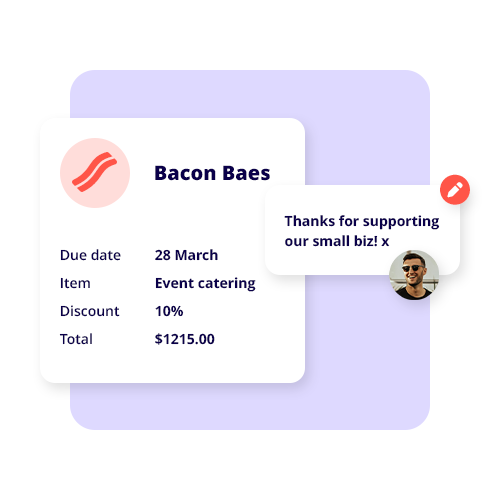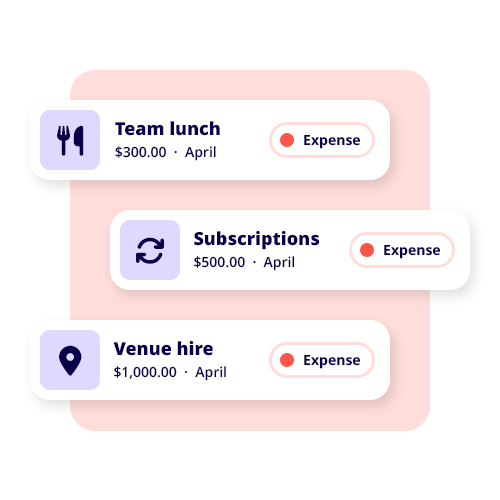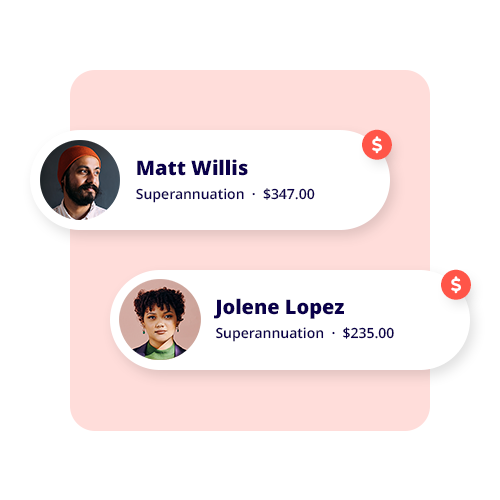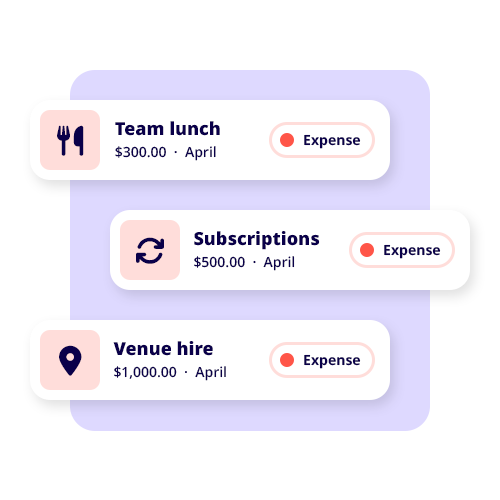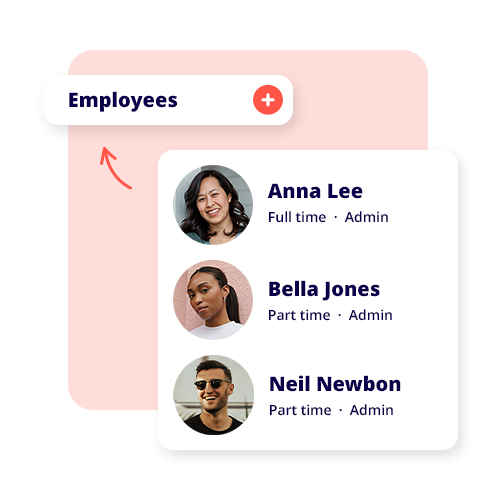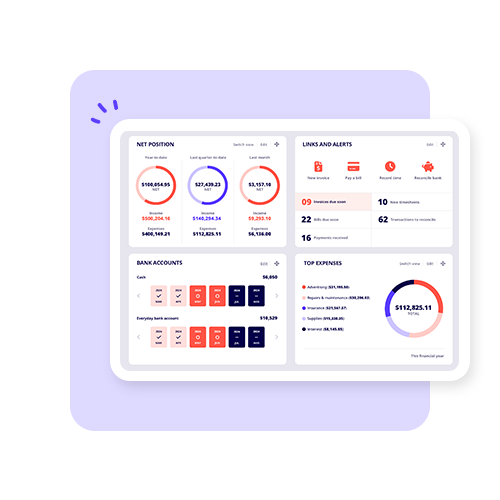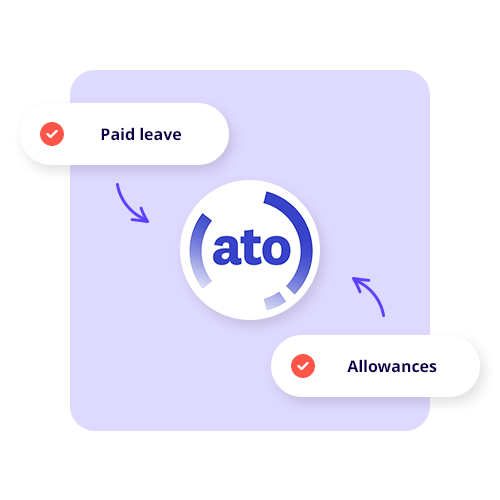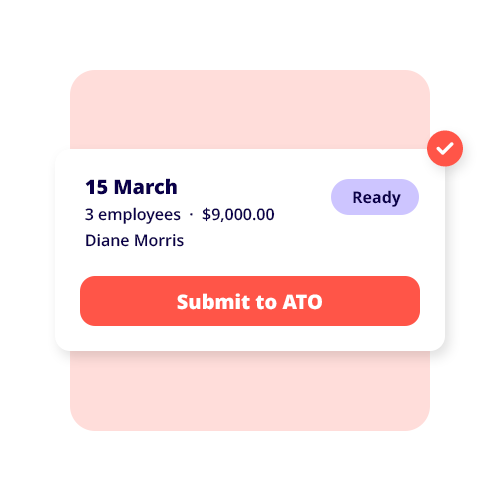TABLE OF CONTENTS
Capital expenditures are the funds your business invests in acquiring, upgrading, or maintaining the fixed assets that give your company long-term value. Including everything from equipment and machinery to buildings and intangible assets (e.g. patents, software), these assets are not to be confused with operating expenditures (OpEx), which cover short-term expenses required for day-to-day operations.
Capital expenditures are long-term investments recorded on the company’s balance sheet instead of being expensed immediately on the income statement.
CapEx vs OpEx and how they relate
CapEx and OpEx serve quite different purposes. Operating expenses include rent, utilities, payroll, and office supplies, which are necessary to keep the business running in the short term. They are also fully tax-deductible within the same year they are incurred.
In contrast, capital expenditures are investments in physical assets that will benefit the company over multiple years. Since these purchases are about delivering long-term value, they are capitalised and depreciated over their useful life. Depreciation expense means businesses can then spread the cost of that asset across several tax years.
Different forms of capital expenditures
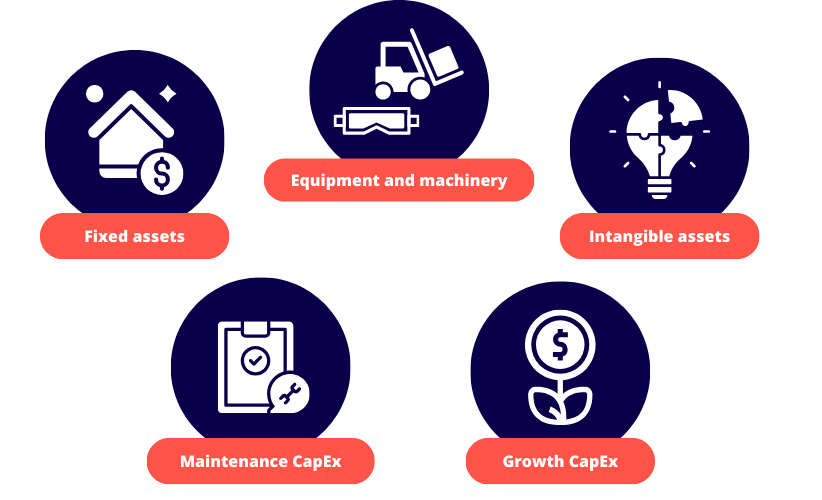
- Fixed assets: These include tangible assets like buildings, land, vehicles and manufacturing plants.
- Equipment and machinery: Businesses in manufacturing and construction, for example, will invest in equipment PP&E (property plant and equipment) to improve their production levels.
- Intangible assets: Capital expenses can also include intellectual property (i.e. patents, trademarks, proprietary software).
- Maintenance CapEx: Spending on repairs or upgrades to extend the useful life of an existing asset.
- Growth CapEx: Investments made to expand your business operations, such as opening up a new location or buying extra machinery.
Here are some of the more common examples of capital expenditure for businesses:
- Purchasing land or buildings for business purposes.
- Buying new or upgrading existing equipment and machinery.
- Investing in software development or licensing proprietary technology.
- Constructing manufacturing plants or research facilities.
- Buying company vehicles for commercial use.
- Upgrading your IT infrastructure and inventory, including computers and servers.
- Making improvements to existing physical assets (e.g. renovations).
Depreciation methods for capital expenditures
Since capital expenditures are long-term investments, their cost is spread over time through depreciation. You’ll most commonly use one of the following two methods:
1. Straight-line depreciation (prime cost method)
The asset is depreciated evenly over its useful life.
Example: A company buys a piece of machinery for $30,000 with a useful life of six years. Using the straight-line method, it would claim $5,000 per year ($30,000 ÷ 6).
2. Diminishing value depreciation
A higher percentage of the asset’s value is depreciated in the earlier years.
Example: If a company buys equipment for $80,000 with a useful life of 10 years and applies a 20% depreciation rate, the depreciation for the first year would be $16,000 (20% of $80,000). In the second year, the depreciation is calculated on the remaining $64,000 ($80,000 – $16,000), which results in $12,800 in depreciation for year two.
How capital expenditures affect a company’s bottom line
- Balance sheet: Since CapEx is an investment in long-term value, it’s listed under assets rather than recorded as an expense on the income statement.
- Income statement: Although capital expenditures aren’t directly deducted as an expense, depreciation expenses are recognised gradually over the asset’s useful life.
- Cash flow statement: CapEx can appear under the section for investing activities to show how much the company is reinvesting in assets for future growth.
- Tax-year considerations: Some capital expenditures are tax-deductible through instant deductions or depreciation over several years.
Capital expenditures for business growth
Companies invest in CapEx to keep their operations smooth and to expand further, which can give them a competitive edge in the market. A company’s capital expenditures indicate its commitment to innovation and improving infrastructure. Industries like oil exploration, telecommunications and manufacturing all tend to have high CapEx investments because they rely on expensive equipment and facilities.
CapEx also plays a part in a company’s ability to generate future revenue. Strategically allocating resources to acquire and upgrade assets, for example, means businesses can improve their product quality and the customer experience at-large.
Capital expenditure and free cash flow (FCF)
Free cash flow (FCF) is a financial metric that revolves around your business’s ability to generate cash after accounting for CapEx. Use the following formula for calculating FCF:
FCF = Operating cash flow – Capital expenditures
A positive FCF means your company has enough liquidity to reinvest in its operations, pay dividends, repay debt, etc. A negative FCF suggests that your business might need to raise capital or take on debt to fund its expenditures.
CapEx planning and financial strategy
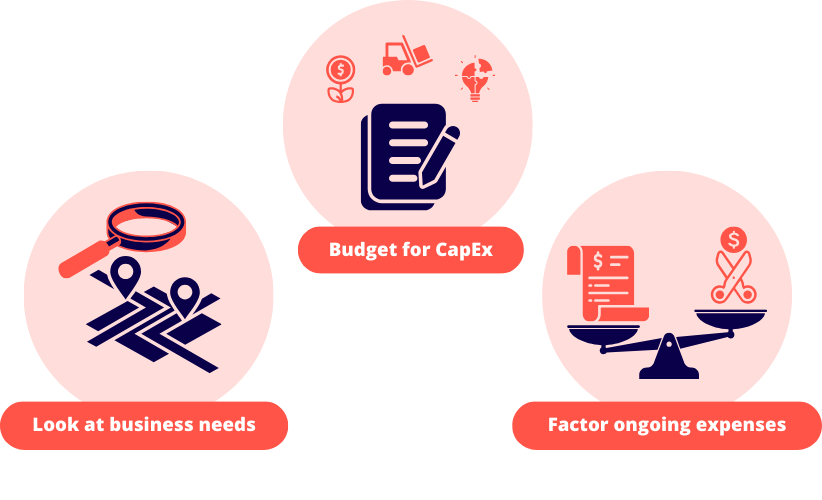
Your company’s capital expenditure list should line up with your long-term financial goals. Smart financial planning means your CapEx investments will support business growth while balancing short-term liquidity and future value creation.
- Look at your business needs: Before making capital expenditure commitments, analyse whether the investment will generate enough returns.
- Budget for CapEx: Set aside funds for future investments so that your business can manage costs without taking a big hit on cash flow.
- Factor in your ongoing expenses: While capital expenditure is all about long-term assets, your business should also account for short-term costs on the balance sheet, including taxes and operating expenses like payroll.
CapEx investments are capitalised and depreciated over time, unlike operating expenses, which cover short-term costs. You need to recognise the difference between capital expenditure and operating expenditures, along with how to calculate CapEx and how it can impact your financial planning.
See related terms
What are expenses?
What is capital?
















